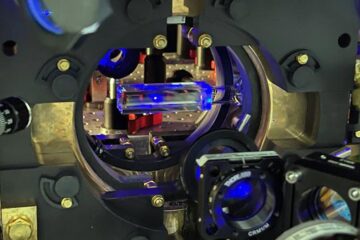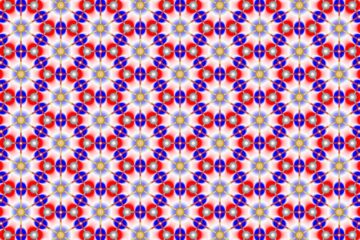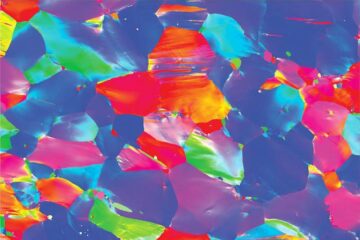Latest News

Huelva is swallowing up coastal lagoons in Doñana
Results show that the lagoons are in the process of regressing, largely due to the extraction of underground water for the Matalascañas tourist resort…

UA scientists discover quantum fingerprints of chaos
Even tiny, easily overlooked events can completely change the behavior of a complex system, to the point where there is no apparent order to most natural…

Peering under the ice of a collapsing polar coast
Starting this month, a giant NASA DC-8 aircraft loaded with geophysical instruments and scientists will buzz at low level over the coasts of West Antarctica,…

Some stock repurchase plans just empty promises
But phantom repurchase programs are rare, and most are rooted in sound economic motives that generally pay off for both companies and investors, said David…

A road of no return
Light readily bounces off obstacles in its path. Some of these reflections are captured by our eyes, thus participating in the visual perception of the objects…

New aluminum-water rocket propellant promising for future space missions
The aluminum-ice, or ALICE, propellant might be used to launch rockets into orbit and for long-distance space missions and also to generate hydrogen for fuel…











